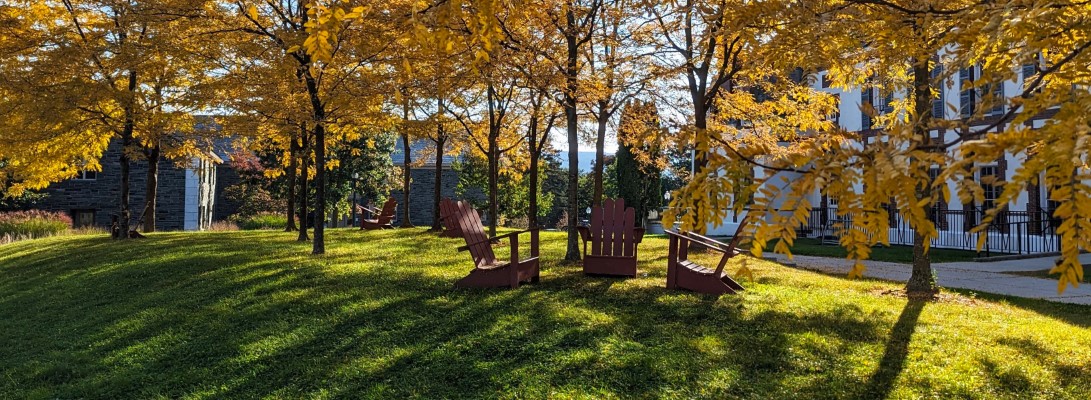A couple of days ago, I wrote about an art piece I liked around the large Black Willow next to Battell. Well, this weekend, the tree fell on it. I’m blaming myself. I’m pretty sure the tree liked the art work itself, maybe it just didn’t like the attention.
Many people on campus liked this willow, and more than one called it the Whomping Willow, as in the Harry Potter series. I wasn’t there to help remove it today, or I would have counted rings to get an age. Truth be known, it probably wasn’t very old, all things considered, as willow is a very fast growing tree, and puts size on quickly.
Fast growing trees, for the most part, are weak. Trees are a standing compromise; a collection of habits and growth patterns. Fast growing trees focus on size, reaching for the light as quickly as they can, and compromise elsewhere in their life, maybe by not closing wounds very well, but by growing faster than decomposing. Compare this to oaks, slow, but very resistant to rot.
So why exactly did the whomping willow fail? Let me clear something up about trees, and this will explain what happened in the wind this last weekend. Trees don’t “heal”. Trees compartmentalize their wounds, walling off wounds to prevent the spread of decay and disease. The model for this is called CODIT, the Compartmentalization of Decay in Trees. Dr. Alex Shigo is the pioneer of this theory, and has revolutionized arboriculture in the last 40 years or so. His books are great-he and his associates used chainsaws to dissect trees, looking at how they grow, heal, and fall apart.
Black Willow is a poor compartmentilizer. (I apologize if that isn’t a word) The willow was cabled together up top, in about 4 or 5 places. In most trees, the wounds caused by the bolts through the tree the cable is attached to is surrounded by callus wood, and the tree walls this section of itself around the bolts, and preserves the strength of the remaining branch. The willow had never done that, and continued rotting around the bolts, albeit slowly. The tree leafed out last week, and all the leaves helped to act like a sail, catching all the wind. One bolt probably pulled through the branch, causing unequal strain on the remaining one, and the tree probably fell apart.
Yes, on top of the sculpture.

tim – just discovered your blog for the first time. fantastic!!
i loved that tree – it was the first thing i noticed when i arrived on campus for the first time. i was so sad to see it go!
It was also one of my favorite trees due to, at least in my eyes, its peculiar horizontality and I am therefore very sad to see it go. Are there any plans to replace it with another tree or set of trees?
To be honest, I haven’t thought about replacement yet, what with commencement, reunion and all. It is not in an area of campus where we are focusing on tree replacement, but I will admit it left a big hole there.
Tim